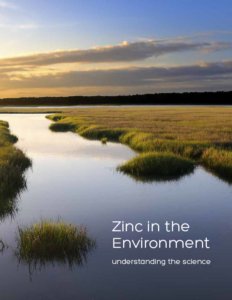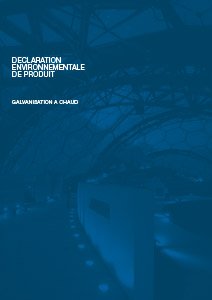Download documentation here
For decades now, the world has been concerned about running out of natural resources. Thanks to a modern understanding of zinc resources, and to enhanced recycling practices, natural zinc resources will remain available for centuries to come and will satisfy all future requests without any difficulty. Zinc is a natural component found in the earth’s crust, and is an integral part of our environment. It is present is rocks, air, water, soil and the biosphere*.
Hot-dip galvanisation makes up the main use of zinc in the world, with over 60% of total consumption. Other uses of zinc include the manufacture of brass (copper/zinc alloy), the production of fertilisers, paint or other pharmaceutical products. The use of zinc has not much evolved over time. It has however doubled over the last 40 years, reaching over 13 million tonnes per year.
* Source: International Zinc Association
Download documentation here
Zinc is an essential element of human health
Zinc is a crucial element of human health, and of all living organisms. It is in fact a key trace element required for children’s growth, and for their physical and neurological development.
The recommended daily intake for adult women is 12 mg, and 15 mg for adult men. Food items such as red meat, poultry and fish constitute the main source of zinc for human beings.
Zinc recycling rates
Given the market value of zinc, industrial companies have endeavoured to constantly improve recovery methods – to collect the zinc found in products that have reached the end of their life cycle. Indeed, zinc can be indefinitely recycled, without ever losing its properties or quality.
About 60% of all zinc produced worldwide is drawn from minerals, and the rest stems from the recycling industry. The recycling rate depends greatly on zinc waste recovery, and over 90% of these products are indeed collected and recycled.




